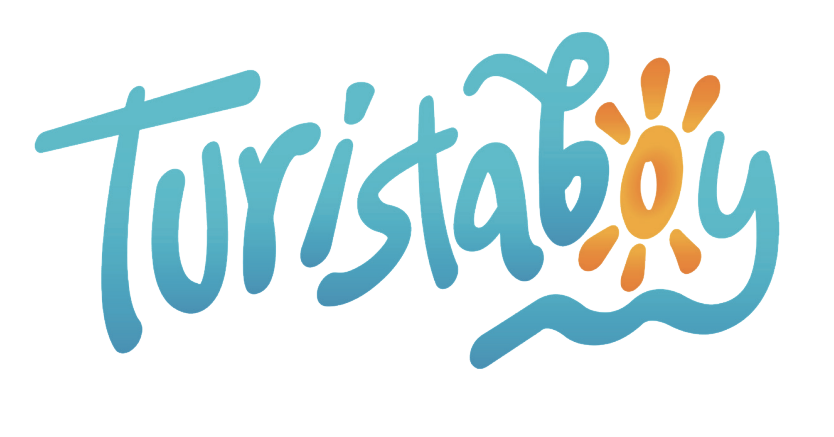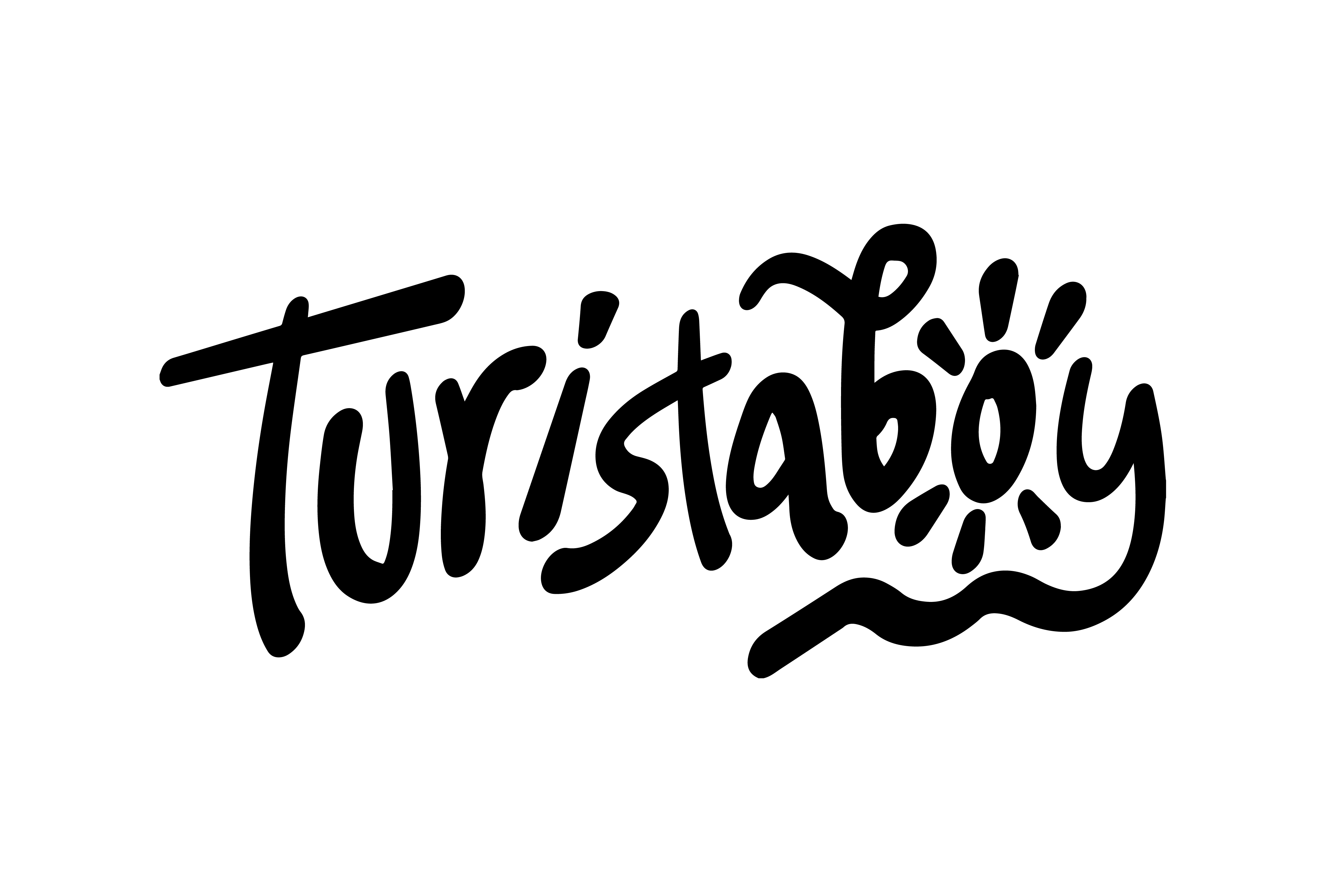Bohol Travel Guide
Blog Updated on May 30, 2025 by Aldrick ‘chiki’ Agpaoa
Bohol is one of the most popular tourist destinations in the Philippines, particularly in the Visayas group of islands. Known for its diverse and unique flora and fauna, this island province is more than meets the eye. This is also a special province for me because this is my second province in my personal quest for #Project82PH.

From its famous Chocolate Hills and famed primate – the Tarsier, Bohol is a destination full of adventures yet to be discovered. Here is a simple travel guide to help you navigate this UNESCO Global Geopark.
Read also: Behold Bohol: Not your ordinary island!
Bohol Province Overview
Being one of the most visited provinces in the Philippines, Bohol is an island full of nature, food, and warm hospitality. Its nickname, “Jewel of the Philippines,” means more when you experience the island first-hand. The island is just inviting and you can feel the island vibes once you step foot in Bohol.
Primarily known for the famous Chocolate Hills and the Tarsier, Bohol is more to that! It also showcases numerous ancient and age-old churches, famous river cruises, pristine white sand shores and adventure activities, too!
Best time to travel to Bohol

Bohol is a tropical island in Central Philippines and generally has 2 dominant seasons – the Wet Season (July to December) and the Dry Season (January to May). The best months to go to Bohol is from January to May – where January to March is quite cooler because of the Northwest Monsoon (Amihan) and April to mid-May is warm as it is the dry season (summer) in the Philippines. The temperature range in Bohol is from 26 to 29 °C (78.8 to 84.2 °F).
You may also want to visit Bohol in the month of July as they celebrated the Sandugo Festival – which commemorates the Blood Compact between Datu Sikatuna and Miguel Lopez de Legazpi.
How to go to Bohol
By Air

Bohol now has a newer and larger airport now located in Panglao Island, the Bohol-Panglao International Airport (IATA: TAG). Here are some of the destinations that fly in and out of TAG:
Domestic Flights
| Bohol to Manila (MNL) |
| Bohol to Iloilo (ILO) |
| Bohol to Davao (DVO) |
International Flights (Direct)
| Bohol to Busan, South Korea (PUS) |
| Bohol to Seoul-Incheon (ICN) |
The airlines that service Bohol-Panglao International Airport are: Philippine Airlines, Cebu Pacific, Philippines AirAsia, Air Seoul, Jeju Air, and Jin Air.
By Land

Exploring in and around Bohol Island is easy. As it only has one major city – Tagbilaran, plying within the outskirts of the island is accessible if coming from the city center. The most popular of which are the multicabs (smaller version of the jeepney) with a minimum fare of ₱ 13-15 pesos, depending on your destination. Within Tagbilaran, there are also tricycles (minimum fare at ₱ 15) and taxis (flagdown rate starts at ₱ 50) around. For long distance routes, there are public buses (minimum fare at ₱ 15 for the first 5 kilometers) and transport vans, i.e. “UV Express” that go in and around the municipalities of Bohol. There is also a TNVS service available on the island – Grab – a popular ride hailing app in Southeast Asia (Grab Car).
The roads in and around the province are generally paved, with some land pavements in rural and remote areas.
By Water

As of writing, there are 10 ports found on the island of Bohol, with Tagbilaran Port serving as the Baseport. The Tagbilaran Port is also the main port (especially for tourists) coming in from nearby provinces (i.e. Cebu, Siquijor). Here are the destinations that services Bohol:
| Tagbilaran Port | Cebu | Port of Cebu |
| Argao Port | ||
| Negros Oriental | Dumaguete Port | |
| Siquijor | Port of Larena | |
| Misamis Oriental | Cagayan de Oro Port | |
| Misamis Occidental | Plaridel Port | |
| Jagna Port | Agusan Del Norte | Nasipit Port |
| Camiguin | Camiguin Port | |
| Tubigon Port | Cebu | Port of Cebu |
| Mandaue City Port | ||
| Getafe Port | Cebu | Port of Cebu |
| Loon Port | Cebu | Argao Port |
| Talibon Port | Cebu | Port of Cebu |
| Ubay Port | Cebu | Port of Cebu |
Things to know when visiting Bohol
| Land Area | 4,821 km² (1,861 mi²)
*slightly bigger than the US State of Rhode Island |
| GPS Coordinates | 9°52′29.28″ N, 124°08′43.80″ E |
| Languages / Dialects spoken | Cebuano (Bohol-anon)
Hiligaynon Tagalog English Eskayan |
| Cellular Signal | Globe (excellent to fair)
Smart (excellent to good) Dito (good to fair (in rural areas)) |
| Socket Standard, Voltage (V), Frequency (Hz) | Socket Type A (2 flat parallel prongs)
Socket Type B (2 flat parallel prongs and grounding pin) 220 V 60 Hz |
| Modes of Payment | Cash / Online Transfer (GCash, Maya, etc.) / Debit and Credit Card |
| Currency used | Philippine Peso (PH₱) |
Dishes and delicacies found in Bohol
Dishes
– Chorizo de Bohol – a Boholano version of chorizo; sweet-and-spicy taste with a mixture of herbs and spices
– Halang-halang – a spicy coconut milk-based soup dish mixed with meat and various herbs and spices. Comes from the Visayan word “halang” which means “spicy”
– Humbang Langka – cooked with sweet braise, this hearty jackfruit dish is mixed with local spices and vegetables often served with rice. I tried this when I went on the Loboc River Cruise!
– Pancit Bam-i – this noodle dish is a mix of canton and sotanghon noodles. Cooked in the traditional way of cooking pancit, this dish is also a staple in every Boholano household
Delicacies
– Sikwate – a traditional rich and nutty cacao drink often paired with suman

– Calamay – traditionally packaged in coconut shells, this delicacy is made from glutinous rice, coconut milk, and brown sugar
– Peanut Kisses – one of the most popular pasalubongs from Bohol is this sweet peanutty meringue shaped into mini chocolate hills
– Takla sa Gata – this fish dish is also cooked in coconut milk with various local spices that forms a rich, flavorful stew.
– Ube Kinampay – this version of ube (purple yam) is known all around Bohol for its distinct flavor and deep purple color
More Bohol Photos




We’re born to travel!
Comments
Post a Comment
You must be logged in to post a comment.






Michael Soriano
Yung 2011 Picture mo chiki epic! totoy! hahahaha cool! pogi ka na nung 2018.. hahaha 🙂
Aldrick 'chiki' Agpaoa
HAHAHA! Grabehan, kuya Mike! Ang ganda ganda ko kaya! Hahaha! 😀 😀 😀
Luis
Thanks for featuring my home province!
Aldrick 'chiki' Agpaoa
You’re welcome po, sir Luis! Will be glad to come back sooner!
dan
Hirap maging introvert, Lahat nasa isip lang kahit gustong gusto ko puntahan ang mga lugar na ito.
Aldrick 'chiki' Agpaoa
Hahaha! Nako, puntahan mo na lahat ‘to, kuya! 😀